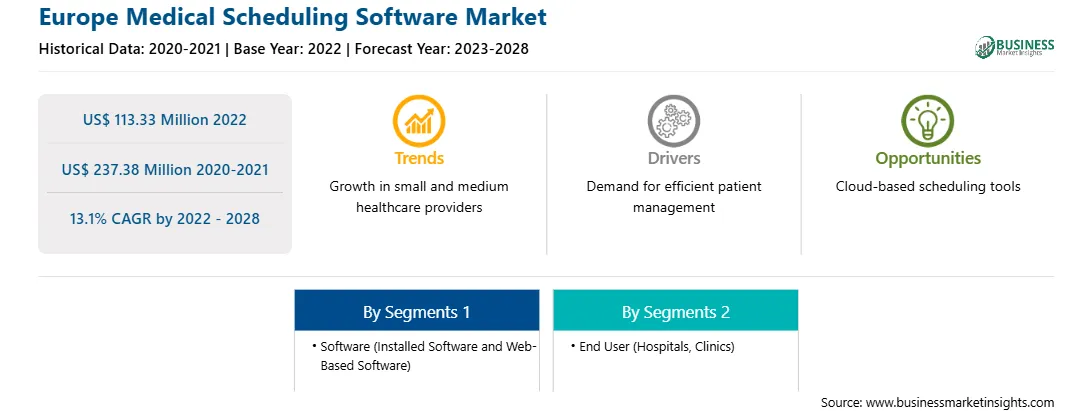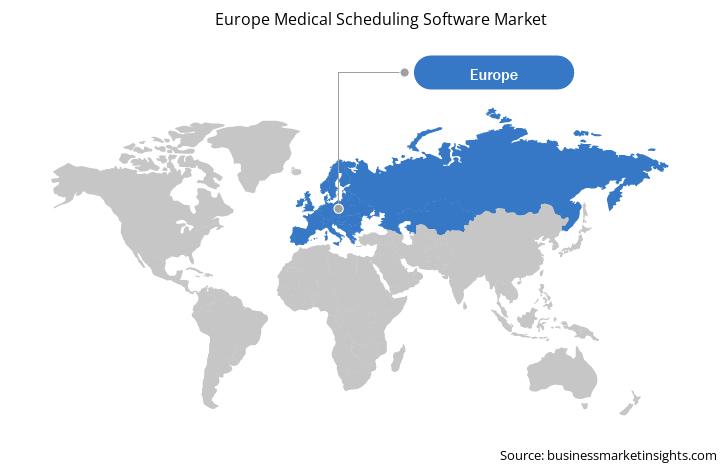A patient-centric approach is an idea in healthcare systems that can establish a partnership among patients & their families and healthcare practitioners to align decisions with patients’ needs, preferences, and wants. It also includes the delivery of specific education and support patients require to make certain decisions and participate in their care.
Increased engagement with all stakeholders (providers, patients, and others), leading to reduced overall expenses. Improved knowledge and understanding among patients of their health, well-being, and healthcare choices leading to enhanced care and reduced levels of illness. This improved knowledge can also improve care after discharge, hospital visits, reduced readmissions, and secondary consults. By engaging and collaborating with patients in decision-making, health providers can make more suitable decisions regarding a patient’s health. Increased competitive advantage as more hospitals compete for patients based on both qualities of care and cost. Better quality of life for patients leads to an increase in the satisfaction of both doctor and patient.
In recent years the patient-centric approach has been predominant in the healthcare industry. Technological innovations and software development are crucial to this healthcare industry revolution. These technological developments support medical and administrative services that dramatically enhance and ease healthcare processes, communications, and workflow. Patient-centric healthcare raises patient satisfaction levels, which creates benefits for healthcare providers and practices. Thus, the rising adoption of a patient-centric approach by healthcare providers driving the growth of the medical scheduling software market.
Europe region includes France, Germany, Italy, Spain, United Kingdom, and the Rest of Europe. The region is expected to witness a steady growth rate of 13.1% from 2022 to 2028. The European medical scheduling software market is expected to witness significant growth during the forecast period, due to factors such as adoption of reforms to reduce waiting times, growth of the private healthcare sector as well as increase in the use of information technology in healthcare industry.
The market for medical scheduling software in Germany is anticipated to witness significant growth due to the reforms undertaken by the government to reduce the waiting time. Long waiting lines are inefficient and therefore an undesirable form of rationing since they decrease utility gains from consultation and treatment. Some of the measures undertaken to reduce the waiting time in medical practices include, higher spending, waiting-times target schemes and incentive mechanisms, which reward higher levels of activity. In 2015, policymakers began a reform intended towards tackling the issue of rising waiting time in the outpatient sector. The reform is part of a law aimed at improving medical services in general (Versorgungsstärkungsgesetz). Part of the requirements is the creation of service stations for appointments (Terminservicestellen). The implementation of reform would ensure faster appointment, hence leading to decreased waiting time. The implementation of such reforms is anticipated to offer significant growth opportunity for the medical scheduling software market in Germany during the coming years.
Strategic insights for the Europe Medical Scheduling Software provides data-driven analysis of the industry landscape, including current trends, key players, and regional nuances. These insights offer actionable recommendations, enabling readers to differentiate themselves from competitors by identifying untapped segments or developing unique value propositions. Leveraging data analytics, these insights help industry players anticipate the market shifts, whether investors, manufacturers, or other stakeholders. A future-oriented perspective is essential, helping stakeholders anticipate market shifts and position themselves for long-term success in this dynamic region. Ultimately, effective strategic insights empower readers to make informed decisions that drive profitability and achieve their business objectives within the market. The geographic scope of the Europe Medical Scheduling Software refers to the specific areas in which a business operates and competes. Understanding local distinctions, such as diverse consumer preferences (e.g., demand for specific plug types or battery backup durations), varying economic conditions, and regulatory environments, is crucial for tailoring strategies to specific markets. Businesses can expand their reach by identifying underserved areas or adapting their offerings to meet local demands. A clear market focus allows for more effective resource allocation, targeted marketing campaigns, and better positioning against local competitors, ultimately driving growth in those targeted areas.Europe Medical Scheduling Software Strategic Insights

Europe Medical Scheduling Software Report Scope
Report Attribute
Details
Market size in 2022
US$ 113.33 Million
Market Size by 2028
US$ 237.38 Million
Global CAGR (2022 - 2028)
13.1%
Historical Data
2020-2021
Forecast period
2023-2028
Segments Covered
By Software
By End User
Regions and Countries Covered
Europe
Market leaders and key company profiles
Europe Medical Scheduling Software Regional Insights

Europe Medical Scheduling Software Market Segmentation
The Europe medical scheduling software market is segmented into software, end user, and country.
Based on software, the Europe medical scheduling software market is segmented into web-based software and installed software. The web-based software held a larger Europe medical scheduling software market share in 2022.
Based on end user, the Europe medical scheduling software market is segmented into hospitals, clinics, and other end users. The hospitals segment held the largest Europe medical scheduling software market share in 2022.
Based on country, the Europe medical scheduling software market is segmented into Germany, the UK, France, Italy, Spain, and the Rest of Europe. Germany dominated the Europe medical scheduling software market share in 2022.
Biosoftworld Ltd, SuperSaaS BV, TerminApp GmbH, and WellSky are some of the leading companies operating in the Europe medical scheduling software market in the region.
The Europe Medical Scheduling Software Market is valued at US$ 113.33 Million in 2022, it is projected to reach US$ 237.38 Million by 2028.
As per our report Europe Medical Scheduling Software Market, the market size is valued at US$ 113.33 Million in 2022, projecting it to reach US$ 237.38 Million by 2028. This translates to a CAGR of approximately 13.1% during the forecast period.
The Europe Medical Scheduling Software Market report typically cover these key segments-
The historic period, base year, and forecast period can vary slightly depending on the specific market research report. However, for the Europe Medical Scheduling Software Market report:
The Europe Medical Scheduling Software Market is populated by several key players, each contributing to its growth and innovation. Some of the major players include:
The Europe Medical Scheduling Software Market report is valuable for diverse stakeholders, including:
Essentially, anyone involved in or considering involvement in the Europe Medical Scheduling Software Market value chain can benefit from the information contained in a comprehensive market report.